A large portion of the spirits on offer are still mass produced brands whose quality and taste are about as appealing as the hangovers they produce. Fortunately, though, the last few years have seen a marked shift in standards, as affluent Seoulites develop a more discerning taste for a higher quality and better tasting products.
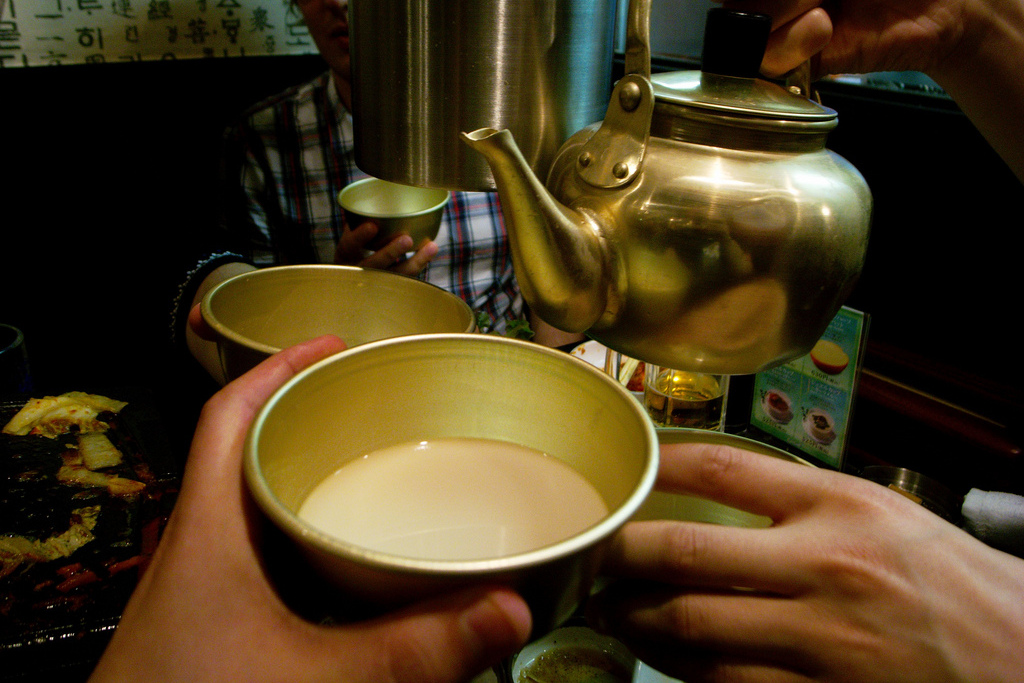
Not only has this led to a craft beer revolution sweeping across Seoul, but it has also produced a resurgence of a fascinating selection of traditional Korean alcohols based on recipes from the Goryeo and Joseon dynasties that are artfully crafted by a new wave of distillers and brew masters.
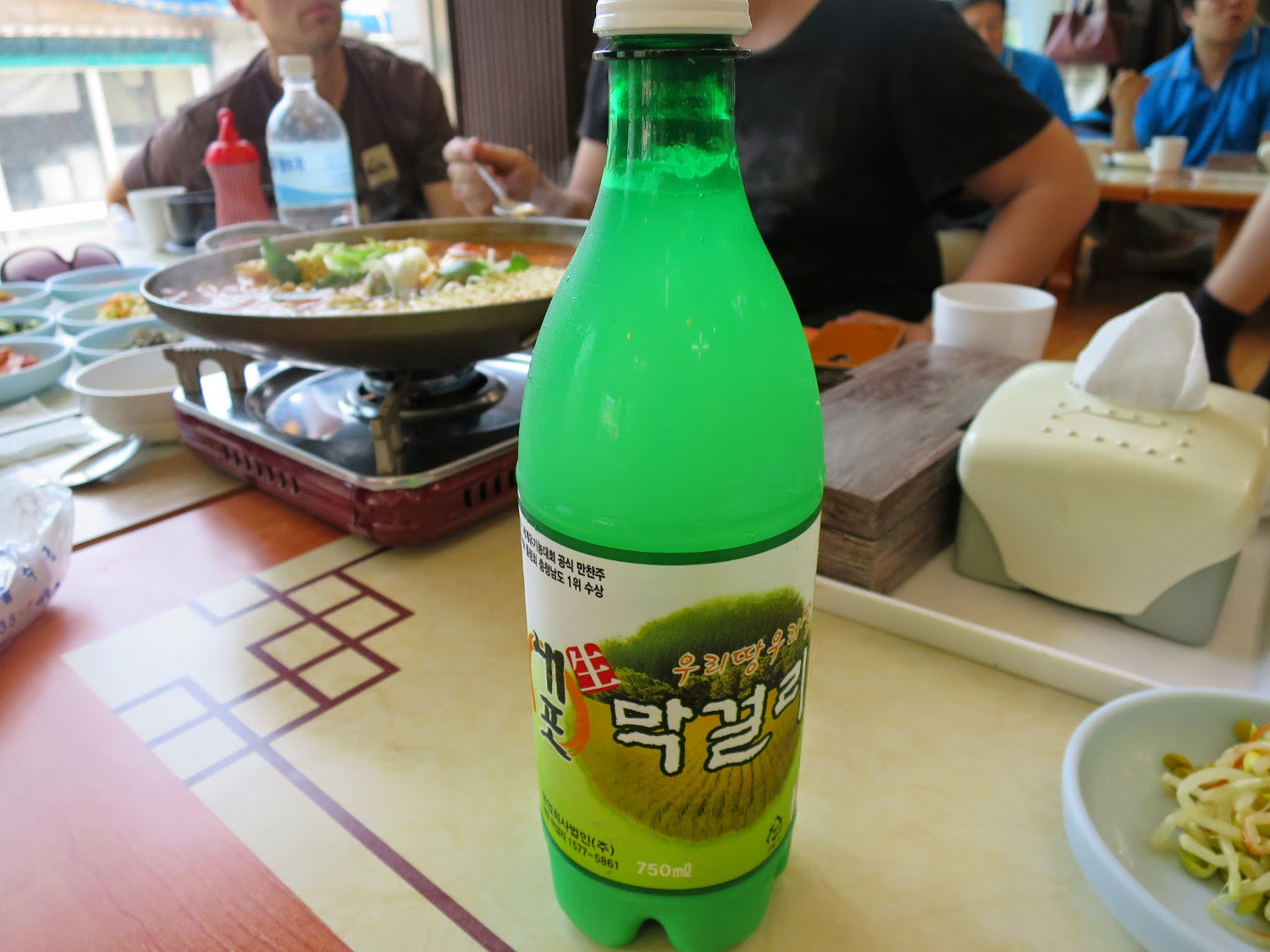
At the forefront of the renaissance in traditional Korean alcohols is makgeolli. Entirely unique to Korea, makgeolli is a traditional rice liquor with an alcohol content of 6%. It's characterised by a layer of cloudy white sediment that’s mildly carbonated and has a sweetish (and slightly chalky) yoghurty taste. It’s traditionally made using a blend of fermented rice (though other grains are commonly used), water and nuruk – a fermentation starter that provides microbial properties. Adding to the experience is the ritual of drinking it from a brass or tin bowl, which is often poured from a brass kettle.
While the most widely available brands are the cheaper ones from convenience stores (still definitely worth a try), the craft makgeolli scene is gathering momentum. A growing number of small-scale breweries are making names for themselves around the country, set up by aficionados who follow centuries-old recipes to produce unpasteurised premium makgeollis. The end result is a fresh and delicious beverage with a creamy smooth finish, that notably lacks the headache-inducing preservatives and additives, such as aspartame. No one batch is the same, as each brewery uses its own unique type of nuruk.
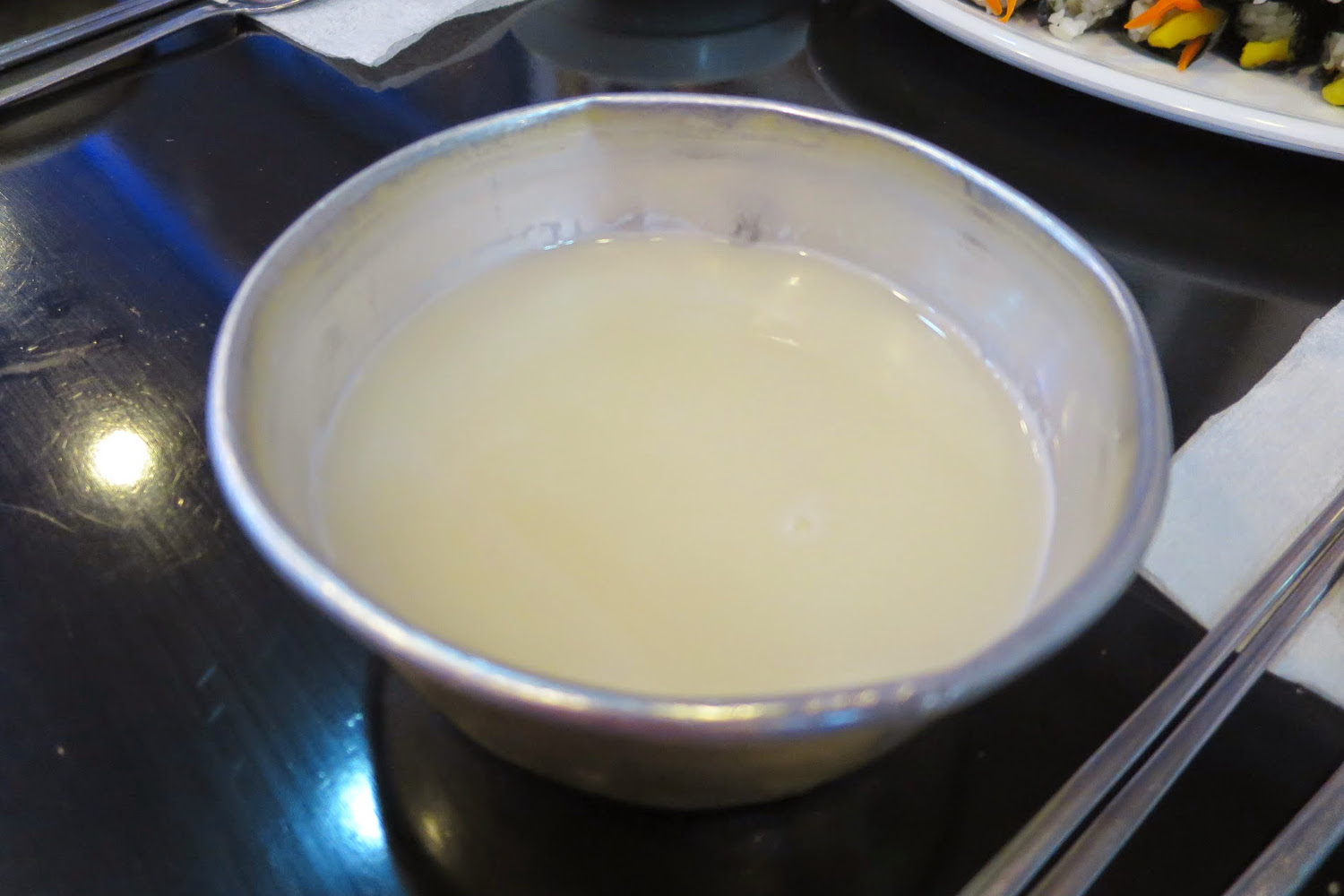
You can taste-test craft makgeolli in dedicated bars that have started popping up in Seoul, such as Neurin Maeul, set up by Baesangmyeon Brewery. They serve a selection of makgeollis that are broken down by the four different stages of fermentation (or 'seasons', as they refer to it). They have several branches around the city.
Wolhyang is another bar that sells its own brews, including an organic brown-rice house specialty. Others great bars for sampling include Damotori, Moon Jar and Muldwinda. While these bars don’t make their own products, they do specialise in makgeolli from regions across South Korea.
Despite the growth in the craft makgeolli industry, it remains a localised scene that can be a little hard for foreign visitors to crack. Fortunately, several expat enthusiast groups have emerged to make the experience more accessible. Makgeolli Mamas and Papas is one such group, set up by Aussie and long-term Seoul resident Julie Mellor, a campaigner for chemical-free makgeolli. They arrange regular meet-ups to taste different varieties at dedicated makgeolli bars across the city.
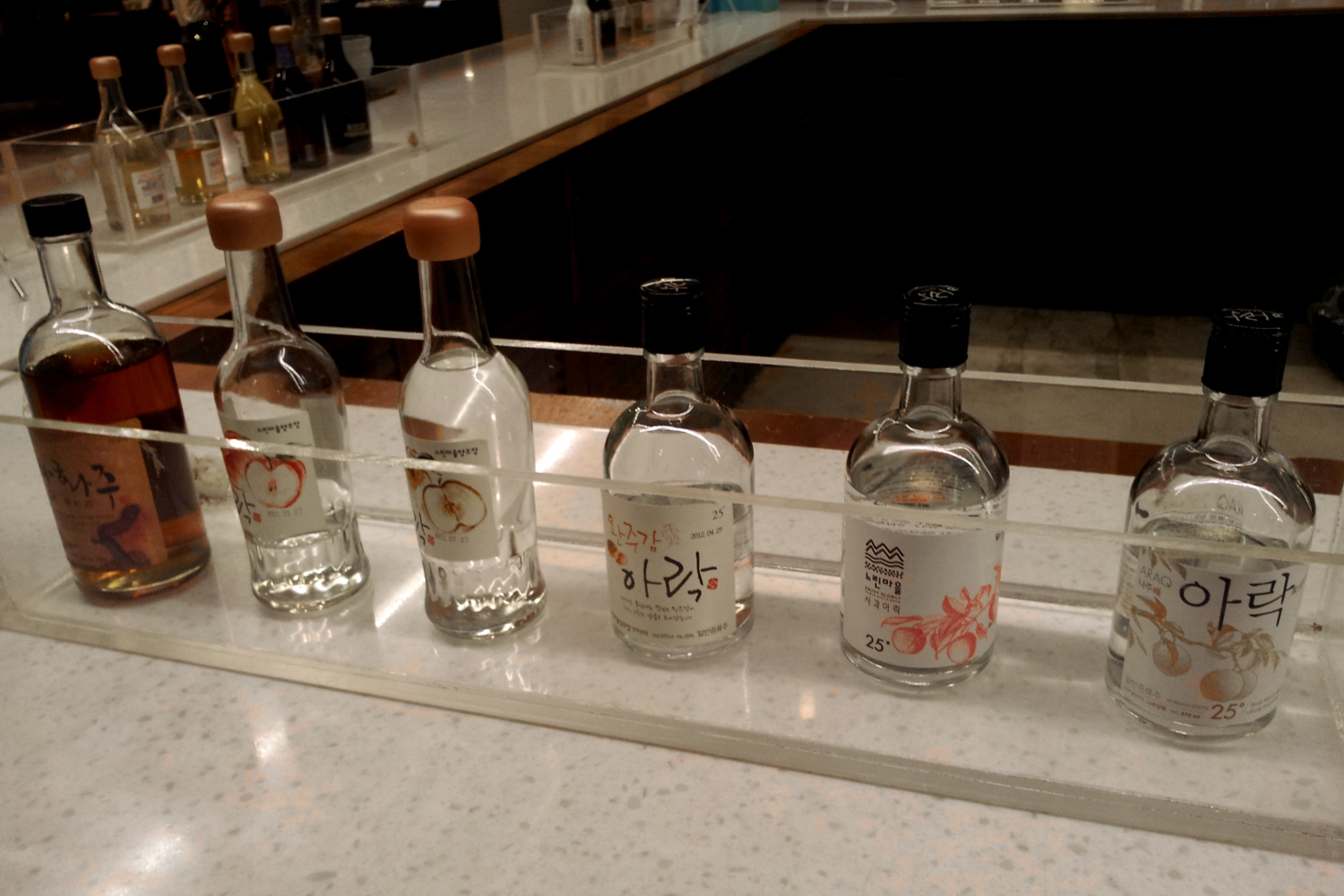
Makgeolli Makers are also experts in the field. Run by an American couple who are both proficient brewers, they impart their wisdom in hands-on classes where you learn to brew your own batch based on recipes from the 370-year-old Korean cookbook, Eumsik Dimibang.
Whether sharing a bottle over a boozy Korean barbecue dinner or having a late night tipple with street food in a pojangmacha (tent bar), you haven’t truly experienced Korea until you’ve tasted soju. At 20% alcohol, this distilled alcohol made of ethanol and water packs a serious punch, and is notorious for its splitting hangovers. While locals devour the cheaper green bottles (the biggest selling brand of spirit in the world!), finding quality soju can be more of a challenge. With a lack of bars dedicated to premium soju, department stores are the best bet for finding the good stuff. Reputable brands include the heritage-listed Andong, which is a stronger 45% and is made from a recipe dating from the Goyreo dynsaty.
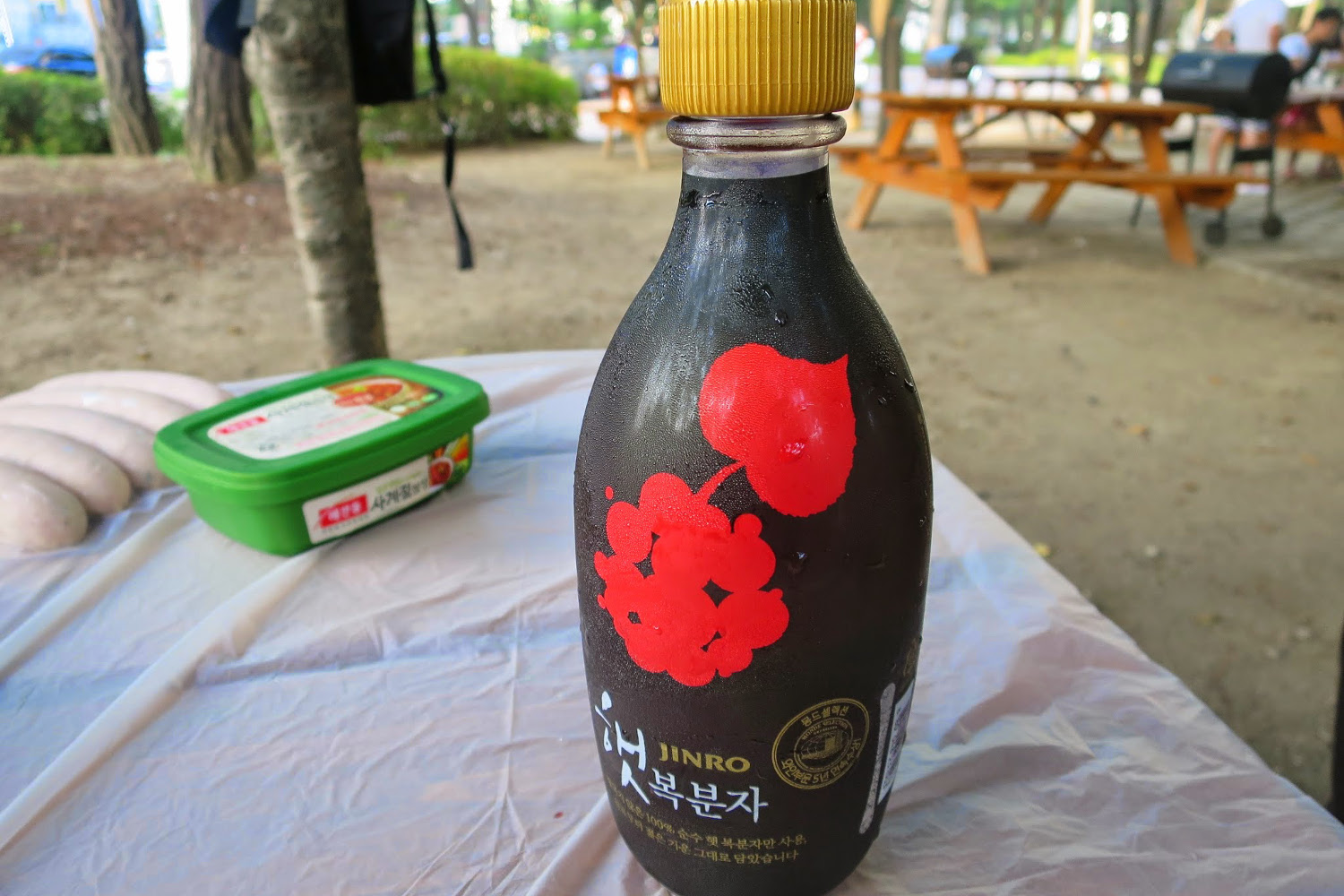
Another excellent option for sampling top-notch Korean alcohol is a day trip to Sansawon Brewery . A one-hour bus ride from Seoul, the charming, bucolic setting here is as relaxed as a winery. For only US$2 you’re given a small shot glass for unlimited tastings from a sensational range of makgeolli and soju.
Other traditional Korean liquors, such as cheongju (clear rice wine similar to sake) and interesting fruit wines and liquors, like bokbunjaju, made from black raspberries, are also on offer here. Tasting done, you can grab a bottle of your favourite and head outside to the gardens for a boozy picnic among ceramic vats filled with fermenting alcohol.
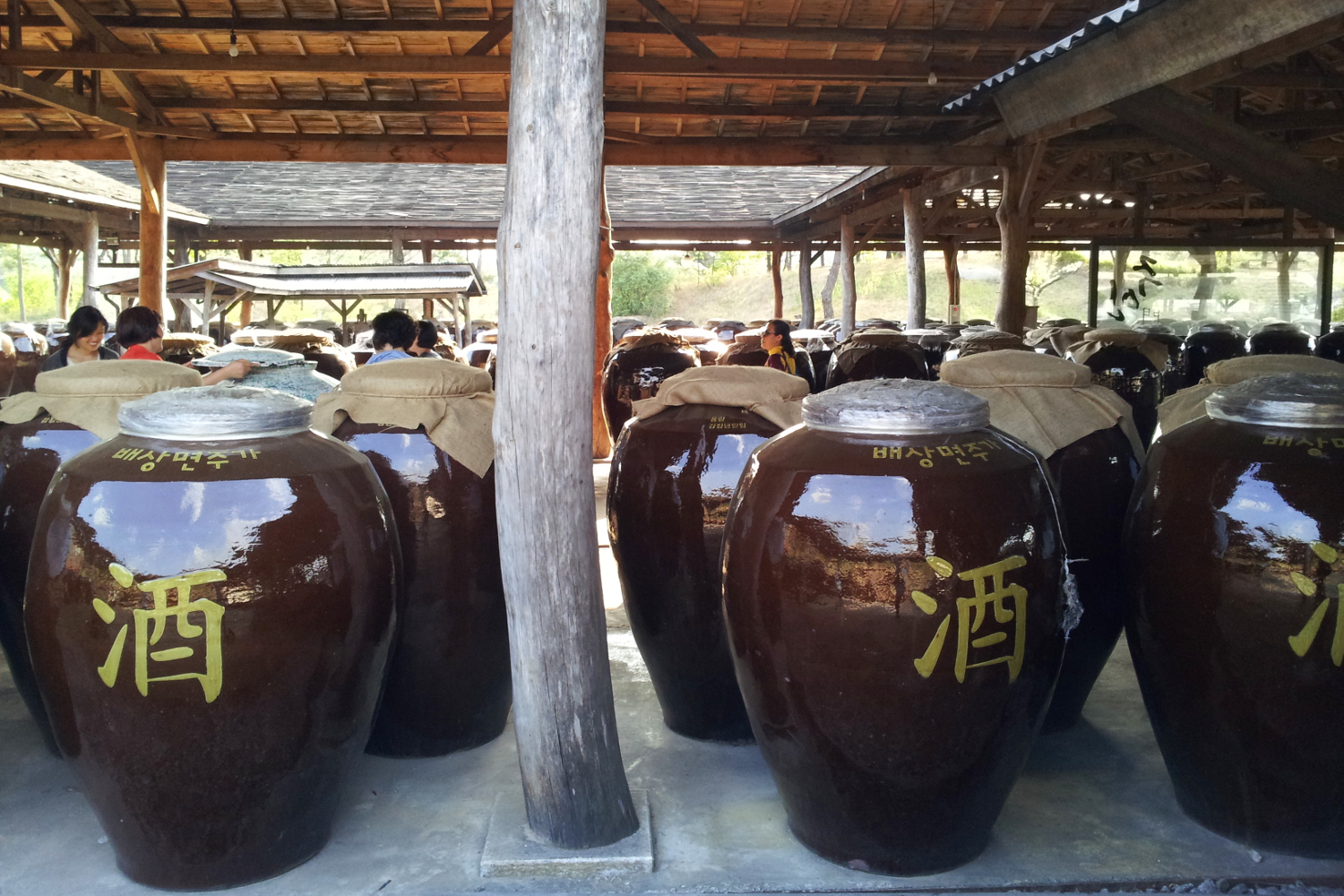
If you have less time on your hands, the newly opened Sool Gallery in Seoul’s Insa-dong district offers an overview of various types of soju and traditional fruit-infused wines.
Due to strict government regulations allowing only large-scale beer producers to operate in South Korea, until recently, the only beers available in Seoul were the ubiquitous mainstream brands – Hite, Cass and OB. While perfectly drinkable, these watery lagers lack something in character, and led to a 2012 article published in The Economist, that remarked North Korea's beer was better than South Korea’s. This sparked outrage among the industry and indirectly resulted in the loosening of restrictions, allowing small-scale producers to brew beer. Ever since, Seoul’s thirst for craft beer has been insatiable.
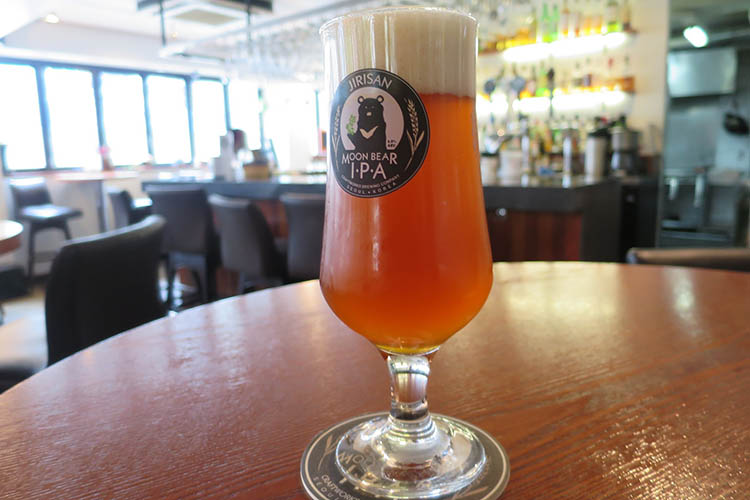
The scene was born in Seoul’s 'foreigner-friendly district' Itaewon (near US Army base Yongsan Garrison), where several microbrew pubs set up to cater for the expat community parched for a decent IPA. Within no time, a bunch of bars sprouted up within stumbling distance of one another, becoming known locally as ‘Craft Beer Valley’. Craftworks Taphouse was one of the originals, along with Magpie Brewing Co, the Booth and Made in Pong Dang. All brew a selection of very drinkable IPAs, amber ales, pilsners, Belgian-style and wheat beers, stouts and seasonal brews. The fad has since spread beyond Itaewon, with decent craft beer now on offer all over Seoul’s fashionable districts of Gangnam and Hongdae.